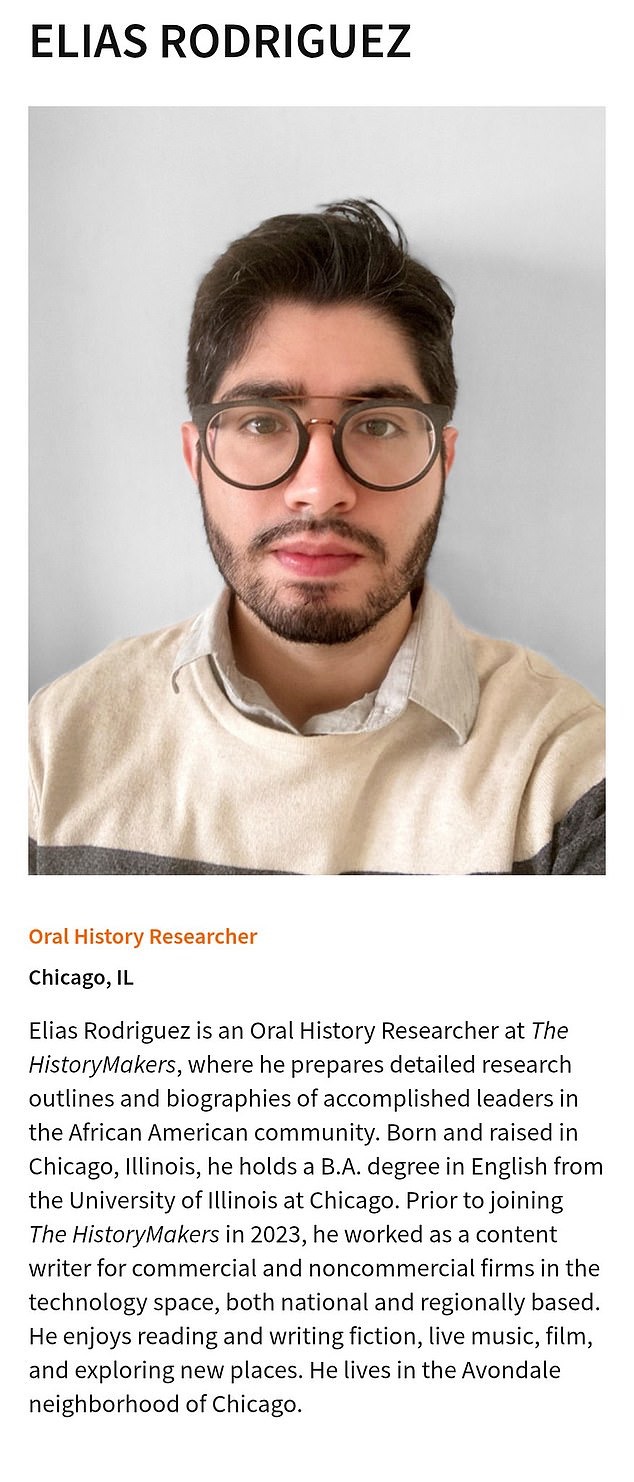In a chilling act that has sent shockwaves across the nation, Elias Rodriguez, a 30-year-old Chicago resident, has been arrested in connection with the fatal shooting of two Israeli embassy staffers outside the Capital Jewish Museum in Washington, D.C. The victims, Yaron Lischinsky and Sarah Milgrim, were reportedly ambushed after attending an event at the museum, igniting widespread concern over rising global tensions and hate-fueled violence.
The attack has raised numerous questions about Rodriguez’s background, motives, and the broader implications of political radicalization. As authorities dig into his history, affiliations, and psychological profile, many are wondering how someone with no prior criminal record and a seemingly peaceful public persona could commit such a heinous crime.
The Shooting Incident Outside the Capital Jewish Museum
On the evening of May 21, 2025, an otherwise quiet corner of Washington, D.C. turned into a crime scene that gripped the nation. Witnesses describe a man pacing outside the Capital Jewish Museum before suddenly opening fire on two individuals—later identified as Israeli diplomats. The attack was swift and brutal. Eyewitnesses said the shooter appeared composed, calculated, and made no effort to flee after the assault.
Instead of running, Elias Rodriguez reportedly walked into the museum, asked someone to contact the police, and eventually directed law enforcement to the location of the discarded weapon. As officers detained him, Rodriguez was heard chanting, “Free Palestine,” adding a political dimension to what initially appeared to be a random act of violence.
This was not a robbery gone wrong or an act of spontaneous rage. It was a targeted assault—well-planned and carried out in broad daylight in front of one of Washington’s most prominent Jewish landmarks. The FBI and Homeland Security are now involved, with early assessments suggesting potential ideological motivations. Surveillance footage, witness statements, and digital footprints are all being scrutinized.
Immediate reactions from D.C. law enforcement and federal agencies underscored the seriousness of the situation. The area was cordoned off, a manhunt was averted thanks to Rodriguez’s swift apprehension, and high-level diplomatic channels were quickly activated between U.S. and Israeli officials.
Victims Identified: Yaron Lischinsky and Sarah Milgrim
The victims, Yaron Lischinsky and Sarah Milgrim, were respected figures in the Israeli diplomatic community. Lischinsky had served in several diplomatic roles, most recently as a cultural attaché, while Milgrim was known for her work in public diplomacy and advocacy.
Friends and colleagues described both as dedicated professionals committed to fostering international dialogue and cooperation. “They were the faces of peace,” one Israeli embassy official stated. “To lose them in such a violent and hateful way is beyond comprehension.”
Israeli Prime Minister Benjamin Netanyahu issued a formal statement condemning the attack, calling it “an act of terror against our representatives abroad.” Israeli President Isaac Herzog echoed these sentiments, urging the international community to stand firm against antisemitism and political violence.
The Israeli embassy in Washington held a memorial service within 24 hours of the incident, attended by diplomats from around the world. U.S. Secretary of State Antony Blinken also offered condolences and promised thorough investigations and heightened protection for foreign diplomats.
Who is Elias Rodriguez?
Elias Rodriguez, until recently, led what appeared to be a low-profile life in Chicago. He graduated with a Bachelor’s degree in English from the University of Illinois at Chicago and worked in various administrative and research roles. Most notably, he was employed at The HistoryMakers, a nonprofit organization focused on preserving African American oral histories, and later at the American Osteopathic Information Association (AOIA).
Neighbors and former colleagues described him as soft-spoken, intelligent, and politically aware. No one could have predicted he would be involved in such an act of violence. He had no prior criminal record, no known mental health issues, and no visible affiliations with extremist groups in recent years.
His arrest has baffled those who knew him, but it has also prompted serious questions about how radical ideologies can simmer beneath the surface in seemingly ordinary lives. Authorities are now combing through his digital communications, travel history, and financial records to find any clues about what pushed him toward this deadly decision.
Political Affiliations and Activism
While Rodriguez may not have had an extensive criminal record, his political involvement was far from subtle. In 2017, he was photographed at a protest organized by the Party for Socialism and Liberation (PSL) in Chicago. Though PSL has publicly stated that his affiliation with them ended years ago, the event provided the first glimpse into his ideological leanings.
Rodriguez was also active in the Black Lives Matter movement and attended several pro-Palestinian rallies over the past decade. His social media accounts, which have since been deactivated or made private, included posts criticizing U.S. foreign policy, expressing support for Palestinian rights, and highlighting issues of systemic racism.
These affiliations, while not inherently criminal, paint a picture of a man deeply entrenched in leftist and anti-imperialist political ideologies. Experts warn that without proper engagement and dialogue, such views can become radicalized, especially in environments fueled by online echo chambers and global conflicts.
The incident has reignited the debate over domestic radicalization—how young, educated individuals can be swayed by extremist beliefs, and what preventive measures society must adopt. Was Rodriguez a lone actor, or part of a larger ideological network? Investigators are racing to find answers.



